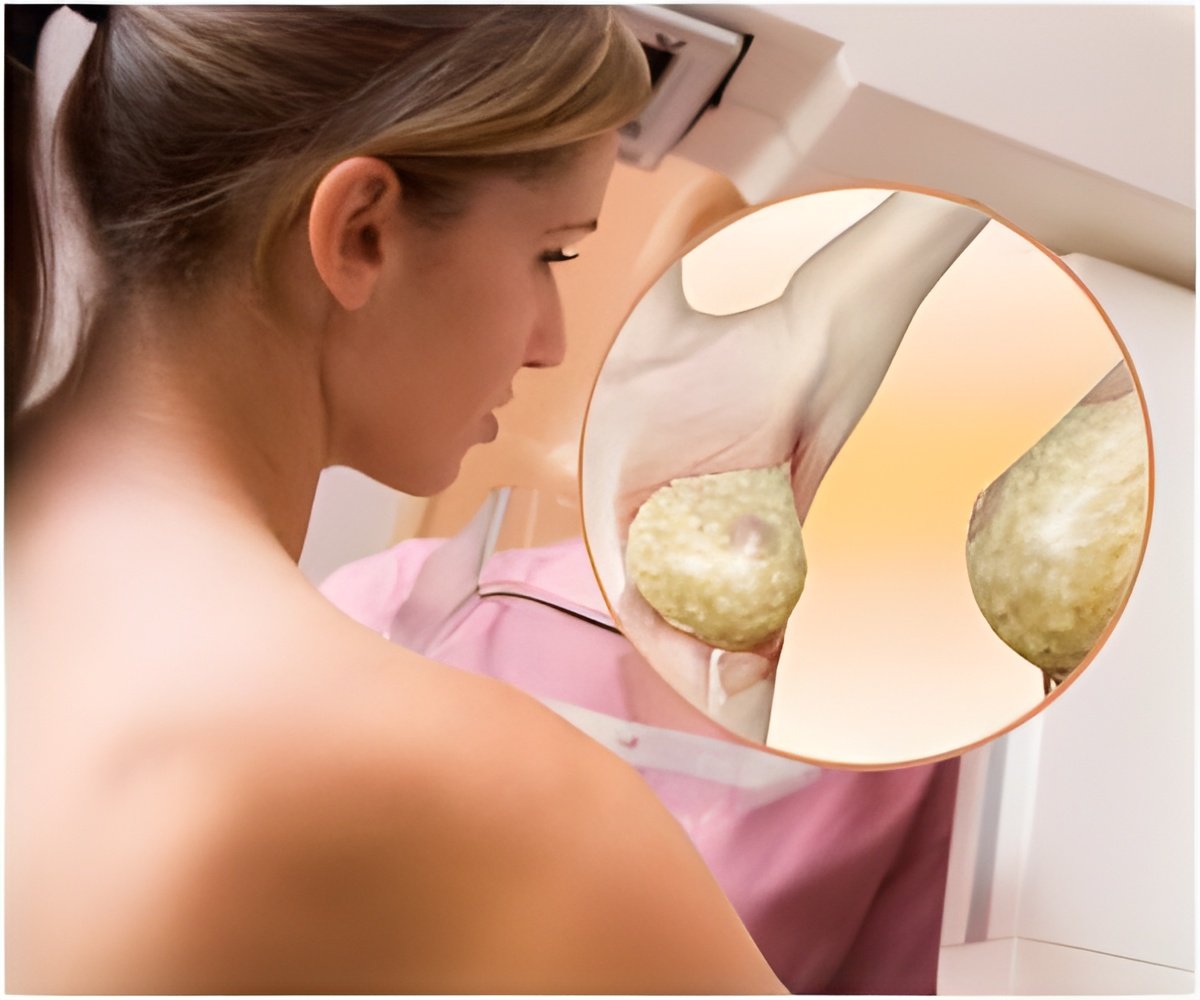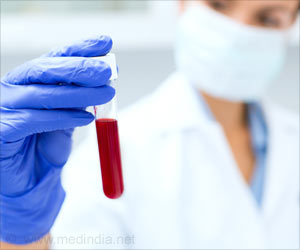Over the last 30 years, more than a million US women have received unnecessary and invasive breast cancer treatments, say researchers.

To reach the one million figure, researchers compared the number of breast cancer cases detected at early and late stages among women over 40 between 1976 and 2008.
Their analysis showed that, since mammograms became standard in the United States, the number of early-stage breast cancers detected has doubled -- in recent years, doctors found tumors in 234 women out of 100,000.
But in that same period, the rate of women diagnosed with late-stage breast cancer has dropped just eight percent -- from 102 to 94 cases out of 100,000.
"We estimated that breast cancer was overdiagnosed -- i.e., tumors were detected on screening that would never have led to clinical symptoms -- in 1.3 million US women in the past 30 years," authors Gilbert Welch of Dartmouth Medical School and Archie Bleyer of the Oregon Health & Science University, wrote in a study published Thursday in the New England Journal of Medicine.
"We estimated that in 2008, breast cancer was overdiagnosed in more than 70,000 women; this accounted for 31% of all breast cancers diagnosed," they added.
Advertisement
They also concluded the significant drop in breast cancer deaths can be best explained by the improvement in treatments, rather than the early detection through mammograms.
Advertisement
One often cited study, done in Norway, showed that regular mammograms reduce the risk of death from breast cancer by less than 10 percent.
Another study -- which compared European countries where mammograms became routine in the 1990s with ones where they became common in the 2000s -- concluded that the screening tool did not lessen the number of deaths at all.
Earlier, in 2009, a group of independent experts commissioned by the US government revised its recommendations for when and how often women should get mammograms.
The group said most women should wait until age 50, and go every other year for the screening, rather than every year starting at age 40.
A separate article, also published Thursday in the New England Journal of Medicine, argued that, despite the risk of false positives and overdiagnosis, women should begin getting mammograms at age 40.
"Screening can be thought of as a kind of insurance. As with all insurance, there are costs for protection against adverse events that have a low probability of occurrence but could be catastrophic if they occurred without the insurance," wrote Robert Smith.
"In that context, given the evidence, there are good reasons to begin screening at the age of 40," he added.
Despite significant progress, breast cancer is the most common form of cancer among women and the one that kills the most women around the world.
Each year, another 1.4 million cases of the disease are diagnosed worldwide.
Source-AFP















